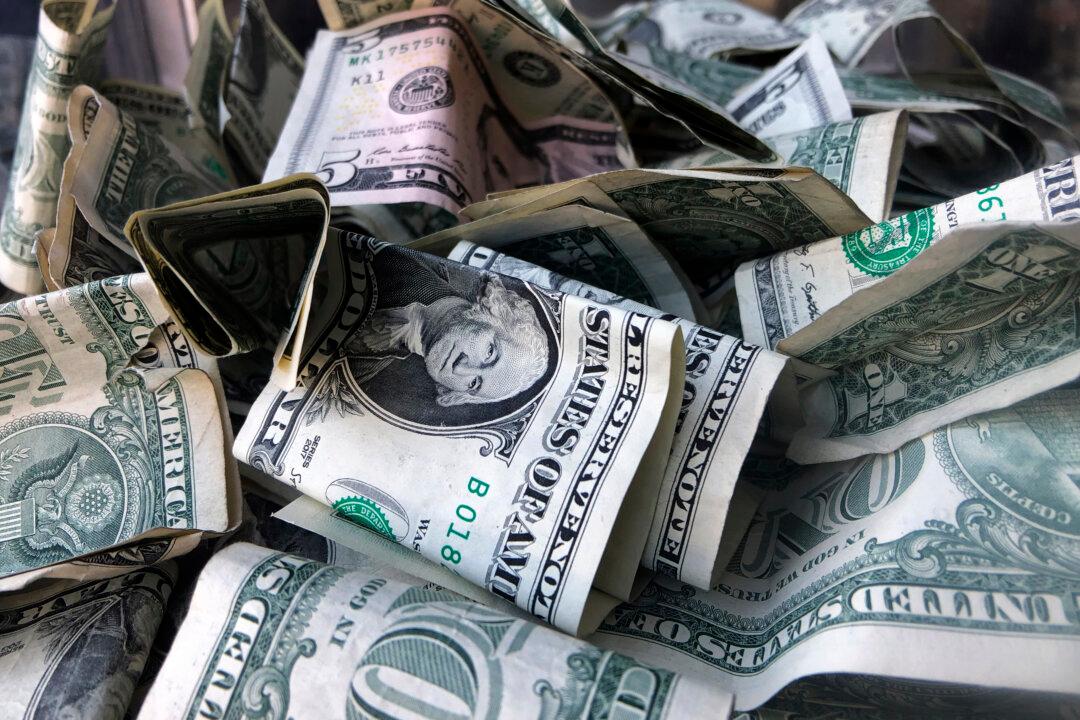Commentary
A zombie is an aberration, something that shouldn’t exist in the real world. Yet in modern economies, such creatures do exist.

A zombie is an aberration, something that shouldn’t exist in the real world. Yet in modern economies, such creatures do exist.